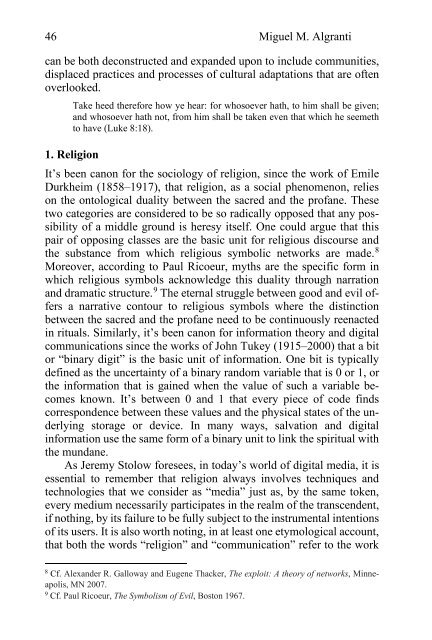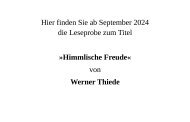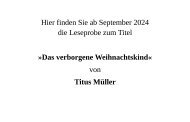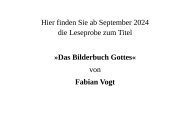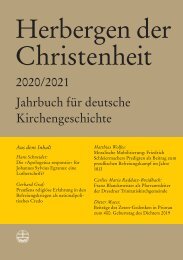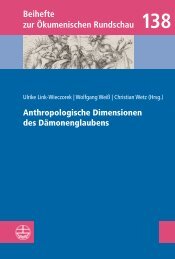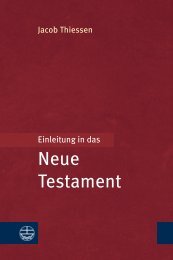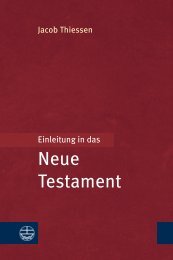Jione Havea (Ed.): MEDIAting Theology (Leseprobe)
This collection engages the challenges and opportunities for doing theology in the context or age of media. The intersection of media with theology is reciprocating: media boosts theology in its functions to inform, connect and educate; theology humbles the globalizing media with a reminder – media is in mediation but not in domination. Media and theology thus intersect at mediating (negotiating, interceding, resisting, protesting) and they should avoid the temptation to colonize. The essays are presented in two overlapping clusters: Mediascapes (intersection of media and a selection of land- and sea-scapes) and Mediations (implications of mediating theology for interrogating hegemonies). The topics addressed include social media and #tag cultures, the fourth industrial revolution and artificial intelligence, homiletics, social resistance, Palestine, Latin America, climate change, and Covid-19.
This collection engages the challenges and opportunities for doing theology in the context or age of media. The intersection of media with theology is reciprocating: media boosts theology in its functions to inform, connect and educate; theology humbles the globalizing media with a reminder – media is in mediation but not in domination. Media and theology thus intersect at mediating (negotiating, interceding, resisting, protesting) and they should avoid the temptation to colonize.
The essays are presented in two overlapping clusters: Mediascapes (intersection of media and a selection of land- and sea-scapes) and Mediations (implications of mediating theology for interrogating hegemonies). The topics addressed include social media and #tag cultures, the fourth industrial revolution and artificial intelligence, homiletics, social resistance, Palestine, Latin America, climate change, and Covid-19.
You also want an ePaper? Increase the reach of your titles
YUMPU automatically turns print PDFs into web optimized ePapers that Google loves.
46 Miguel M. Algranti<br />
can be both deconstructed and expanded upon to include communities,<br />
displaced practices and processes of cultural adaptations that are often<br />
overlooked.<br />
Take heed therefore how ye hear: for whosoever hath, to him shall be given;<br />
and whosoever hath not, from him shall be taken even that which he seemeth<br />
to have (Luke 8:18).<br />
1. Religion<br />
It’s been canon for the sociology of religion, since the work of Emile<br />
Durkheim (1858–1917), that religion, as a social phenomenon, relies<br />
on the ontological duality between the sacred and the profane. These<br />
two categories are considered to be so radically opposed that any possibility<br />
of a middle ground is heresy itself. One could argue that this<br />
pair of opposing classes are the basic unit for religious discourse and<br />
the substance from which religious symbolic networks are made. 8<br />
Moreover, according to Paul Ricoeur, myths are the specific form in<br />
which religious symbols acknowledge this duality through narration<br />
and dramatic structure. 9 The eternal struggle between good and evil offers<br />
a narrative contour to religious symbols where the distinction<br />
between the sacred and the profane need to be continuously reenacted<br />
in rituals. Similarly, it’s been canon for information theory and digital<br />
communications since the works of John Tukey (1915–2000) that a bit<br />
or “binary digit” is the basic unit of information. One bit is typically<br />
defined as the uncertainty of a binary random variable that is 0 or 1, or<br />
the information that is gained when the value of such a variable becomes<br />
known. It’s between 0 and 1 that every piece of code finds<br />
correspondence between these values and the physical states of the underlying<br />
storage or device. In many ways, salvation and digital<br />
information use the same form of a binary unit to link the spiritual with<br />
the mundane.<br />
As Jeremy Stolow foresees, in today’s world of digital media, it is<br />
essential to remember that religion always involves techniques and<br />
technologies that we consider as “media” just as, by the same token,<br />
every medium necessarily participates in the realm of the transcendent,<br />
if nothing, by its failure to be fully subject to the instrumental intentions<br />
of its users. It is also worth noting, in at least one etymological account,<br />
that both the words “religion” and “communication” refer to the work<br />
8<br />
Cf. Alexander R. Galloway and Eugene Thacker, The exploit: A theory of networks, Minneapolis,<br />
MN 2007.<br />
9<br />
Cf. Paul Ricoeur, The Symbolism of Evil, Boston 1967.


